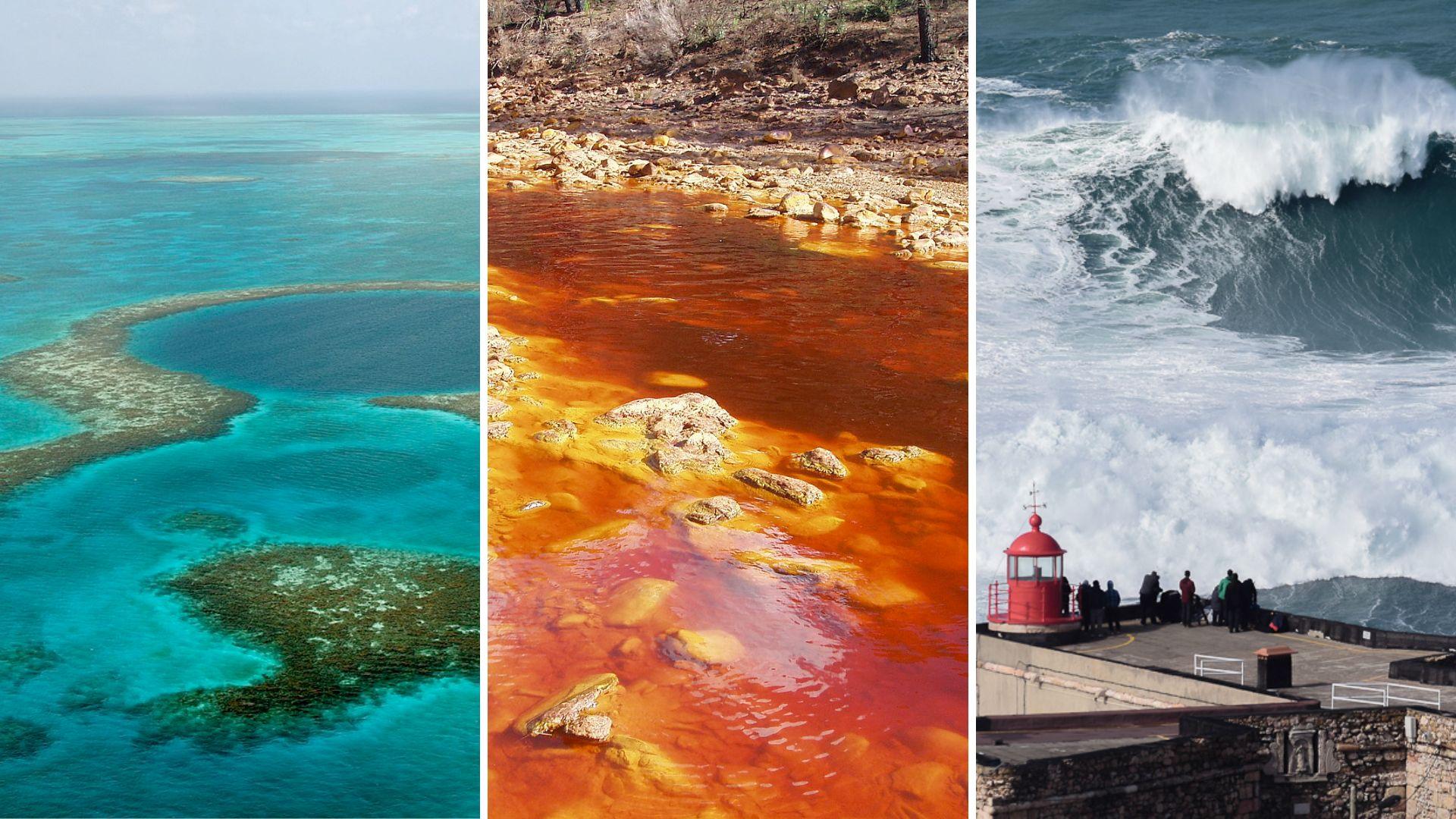Travel enthusiasts often seek out exotic destinations for the thrill of a unique swimming experience. However, not every picturesque beach offers a safe swim. From hidden hazards like powerful rip currents, to toxic and polluted environments, some of the world’s most alluring waters come with significant risks.
Beyond stunning coastal views and inviting waves, danger can be lurking beneath the surface. Whether it’s radioactive contamination at Bikini Atoll or the presence of stinging jellyfish in Málaga’s waters, certain destinations pose serious threats. It’s crucial to be aware of these hidden dangers before diving in, ensuring that your adventure remains safe and enjoyable. Here are some of the most dangerous places around the world to swim.
Boiling Lake, Dominica
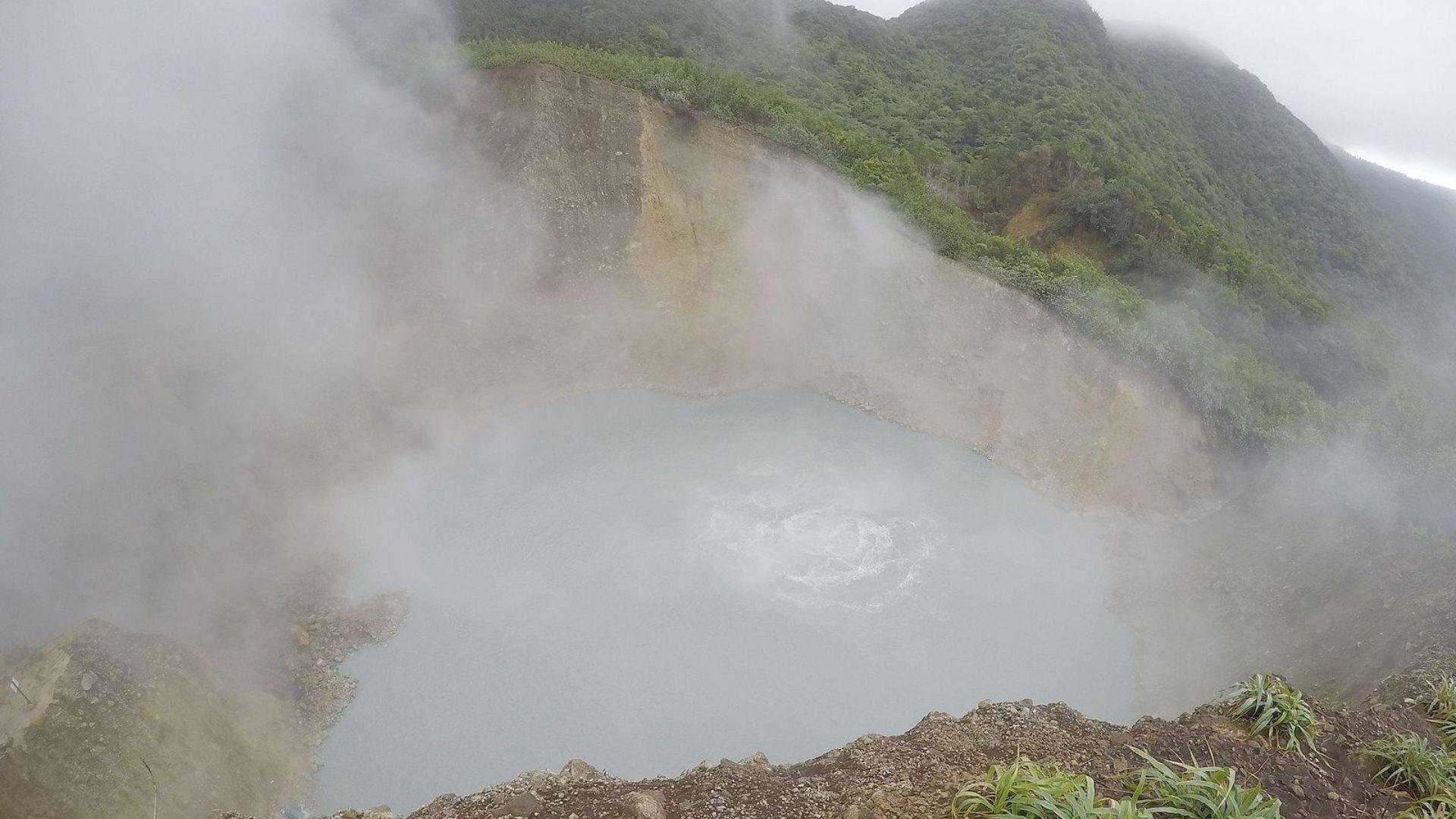
It’s probably rather obvious why you can’t take a swim in Boiling Lake in Dominica. Boiling Lake is the world’s second-largest hot spring, and is a striking example of nature’s extremes. Located within Morne Trois Pitons National Park, this lake is a spectacular (and almost scary) natural feature. The water along its edges reaches temperatures between 180° and 197° Fahrenheit, making it dangerously close to boiling. Due to the intense heat and steam emanating from a nearby volcano, the center remains too hot to measure accurately.
The lake’s extreme conditions make it a marvel to behold from a safe distance. While the sight of its steaming, bubbling waters can be mesmerizing, swimming is, of course, strictly prohibited. This natural wonder, although breathtaking, is best enjoyed from afar. Its intense temperatures are far from inviting.
Hanakapiai Beach, Hawaii

Hanakapiai Beach on Kauai’s Nā Pali Coast is a stunning yet perilous destination. Although it appears idyllic with its striking scenery, it’s infamous for being one of Hawaii’s most dangerous swimming spots. When walking to the beach, visitors are greeted with a somber reminder of its casualties: a wooden board displaying the number of lives lost to the relentless surf and treacherous rip currents.
The combination of powerful waves and unpredictable conditions creates a hazardous environment for swimmers. Additionally, there are no lifeguards on duty, making swimming here an exceptionally risky endeavor. The beach’s allure may be tempting, but it’s crucial to respect the ocean’s power and opt for one of the safer beaches around Hawaii to avoid putting yourself in danger.
Bikini Atoll, Republic of the Marshall Islands
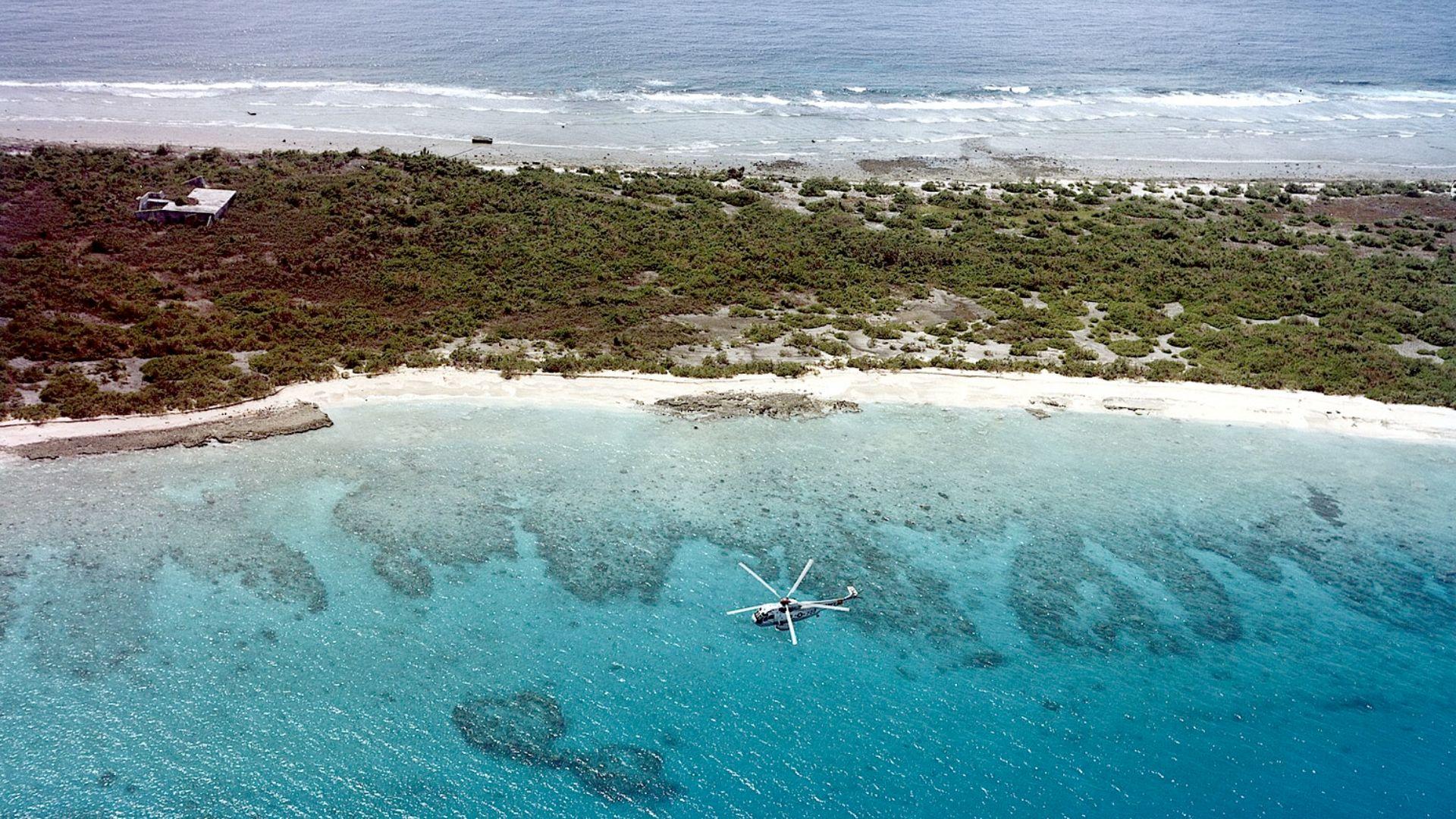
Bikini Atoll in the Marshall Islands may appear to be a picturesque paradise with its clear blue waters, but within the water there is significant danger. Between 1946 and 1958, the U.S. conducted 23 nuclear bomb tests on the atoll. This resulted in severe radioactive contamination that persists today.
Due to this dangerous radiation, swimming in the waters near or even visiting Bikini Atoll is not just inadvisable—it is outright hazardous. This beautiful but highly contaminated location remains off-limits for travelers seeking a safe beach getaway.
Amazon River, South America
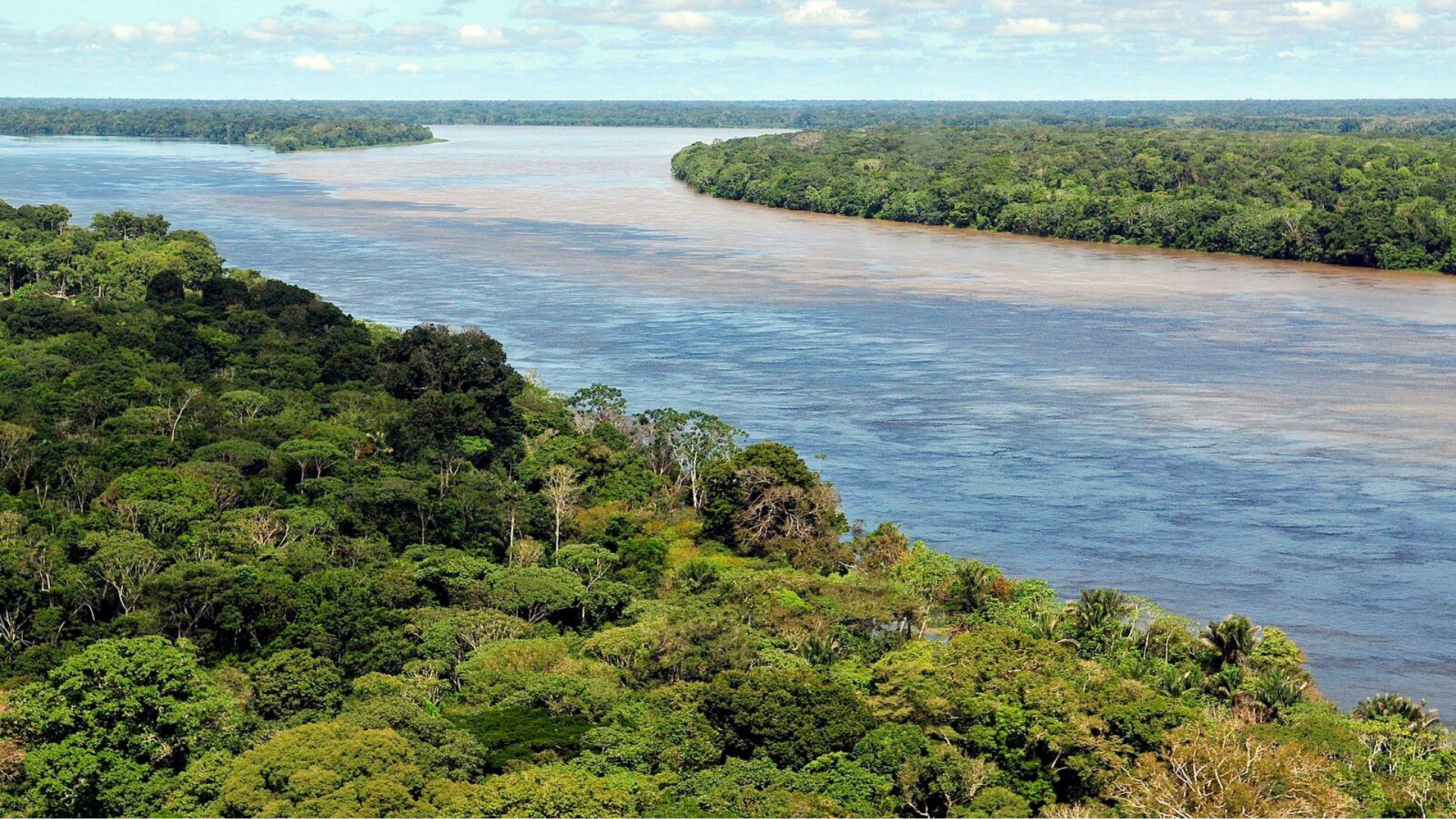
The Amazon River, known for its stunning biodiversity, is also home to numerous dangers that would make swimming in it a frankly stupid choice. The waters harbor dangerous creatures such as piranhas, caimans, and electric eels—all of which, if encountered, would be painful and potentially deadly. In addition to these threats, the river’s strong currents and rapids present significant risks even to experienced swimmers.
Additionally, parasites and diseases in the water add another layer of danger. The sheer beauty of the Amazon Basin contrasts sharply with the raw realities of its environment. This river is a reminder of nature’s harsh law: survival of the fittest. For safety’s sake, it is wise to admire the river from afar rather than venturing into its perilous waters.
New Smyrna Beach, Florida

New Smyrna Beach, located on Florida’s Space Coast, offers a picturesque setting with its sandy dunes, inviting waves, and abundant sunshine. However, this seemingly charming seashore is also notorious for being the “Shark Bite Capital of the World;” the beach sees a significant number of unprovoked shark attacks each year.
While most shark bites here are not fatal, they remain a serious risk for swimmers and surfers alike. Despite the potential dangers, many surfers continue to frequent the waters. If you’re planning a family beach outing and want to avoid this shark attack risk, it might be wise to choose a different beach destination for a safer experience.
The Great Blue Hole, Belize
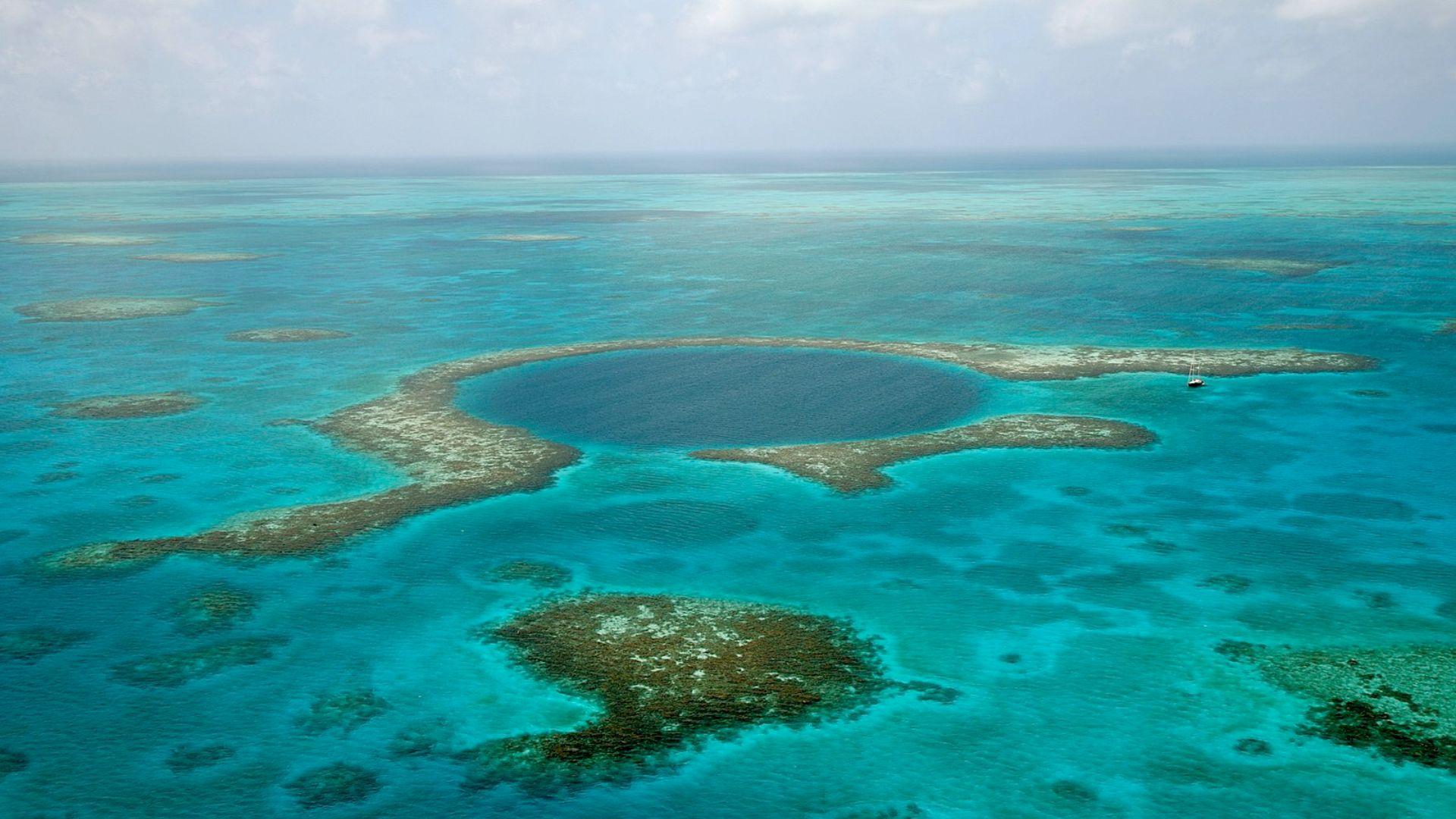
The Great Blue Hole in Belize is renowned for its staggering dimensions, measuring 984 feet across and plunging 410 feet deep, making it the deepest underwater sinkhole in the world. Jacques Cousteau’s 1971 exploration made this sinkhole famous, as he highlighted it as a premier diving site. However, this immense marine chasm is fraught with danger, including powerful vortexes and treacherous currents that can quickly turn a dive into a perilous situation.
Diving into the Great Blue Hole requires a high level of expertise due to its formidable depth and the hazardous conditions found within. Beyond the 300-foot mark, divers encounter a layer of toxic gas, which has created an eerie environment devoid of life. For all its allure, this underwater marvel is best approached with extreme caution, and only by expert divers.
Málaga Beaches, Spain

Spain’s beautiful Costa del Sol beaches may appear perfect for a swim, but they come with a seasonal warning. Every July and August, the coast near Málaga becomes overrun with jellyfish, creating a striking but treacherous spectacle. While the scene is visually impressive, the risk of jellyfish stings, which can be quite painful, is a serious concern.
Among the various jellyfish, the Portuguese Man-O-War is particularly hazardous due to its highly painful sting. With the influx of these creatures during peak tourist season, swimming in these waters can become a risky endeavor. To avoid potential harm, it’s advisable to steer clear of swimming during summertime.
Haina Beach, Dominican Republic
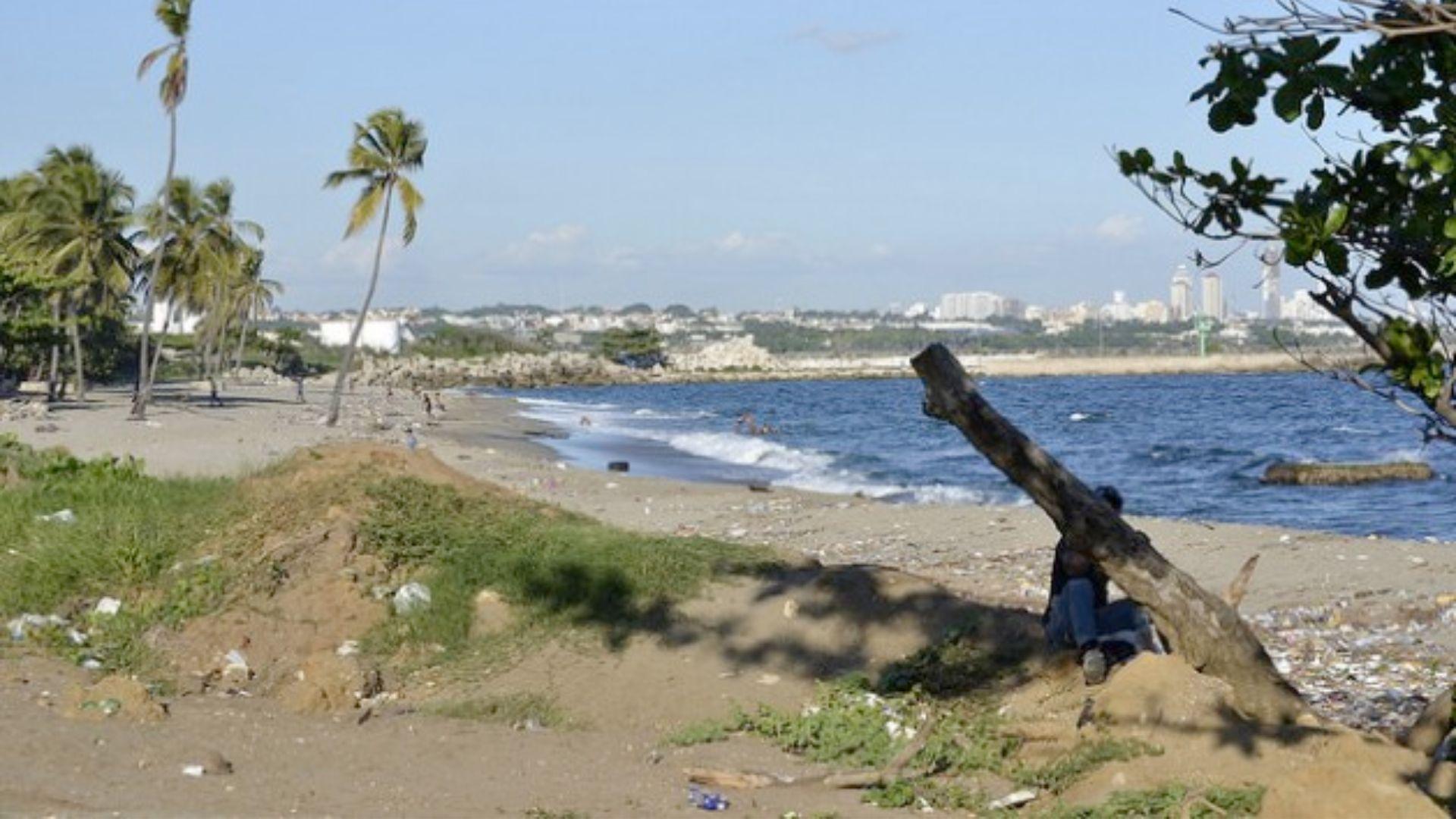
If you’re considering a trip to the Dominican Republic, it’s wise to steer clear of Haina Beach. Unlike the island’s other beautiful spots, this area has earned the grim nickname “Dominican Chernobyl” due to its severe lead pollution. The beach suffers from some of the highest levels of lead contamination worldwide, largely from industrial waste discharged by nearby factories in Bajos de Haina.
The pollution has led to widespread lead poisoning among local residents, and the environmental damage extends beyond the water and into the air, making it difficult to breathe. Given these hazardous conditions, swimming at Haina Beach is incredibly unsafe. For a healthier and more pleasant experience, opt for the cleaner, scenic shores of Las Galeras instead.
Gansbaai, South Africa
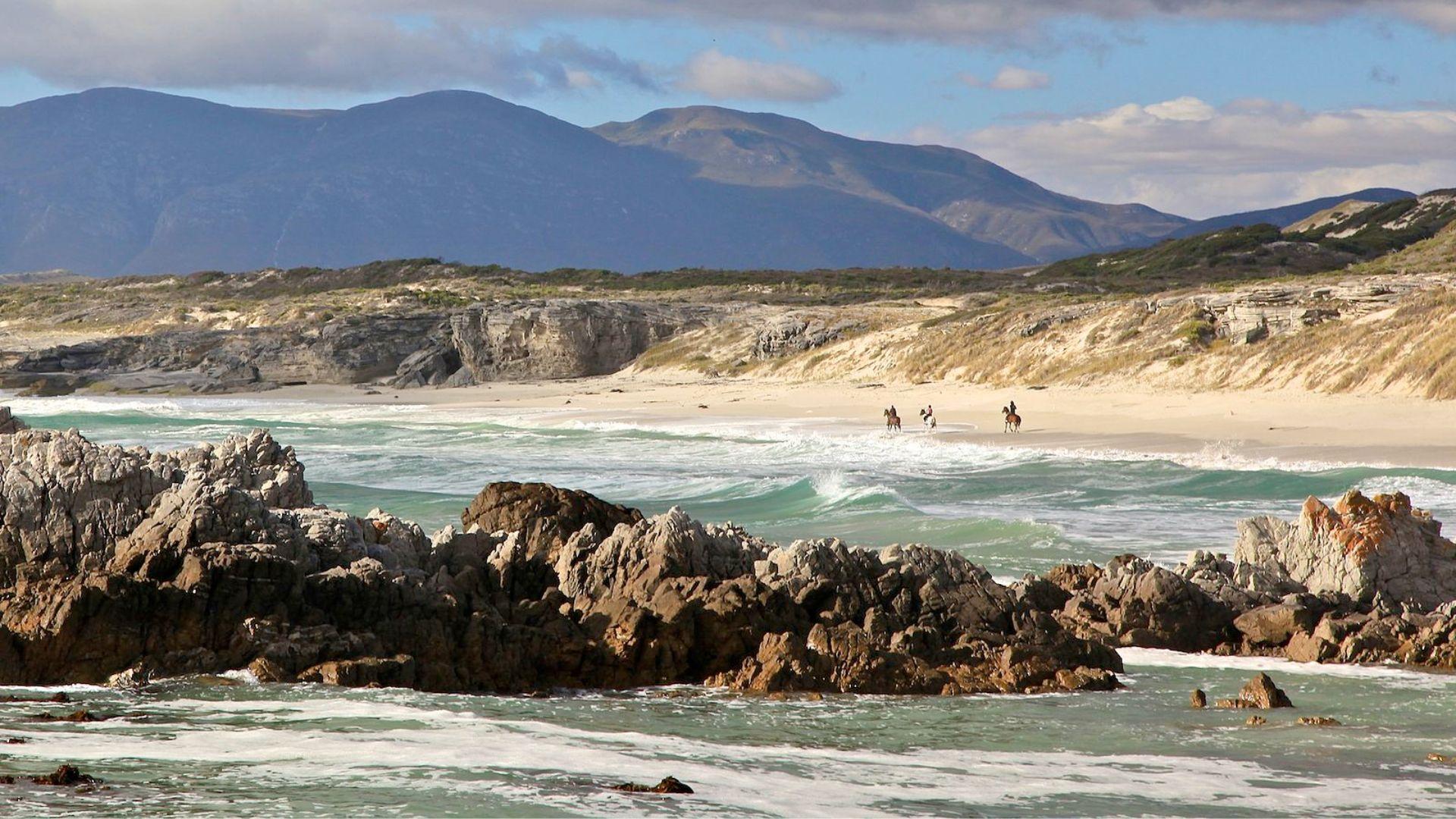
Shark Alley near Gansbaai, South Africa, is a well-known destination for shark cage diving. The site attracts adventure enthusiasts eager to glimpse the area’s high concentration of great white sharks. This channel is famous for its thrilling yet perilous environment, but the opportunity to observe these apex predators comes with significant risks. Diving within the safety of an observation cage offers a secure way to experience the sharks, but venturing outside these protective confines is extremely hazardous.
Recent observations have highlighted a rise in great white shark activity around Cape Town’s beaches, prompting enhanced safety measures in some locations. Despite these efforts, Gansbaai’s beaches lack lifeguard protection. For anyone planning to enter these treacherous waters, it is crucial to do so safely and remain within a cage to avoid the dangers posed by the surrounding shark population.
North Beach, Portugal
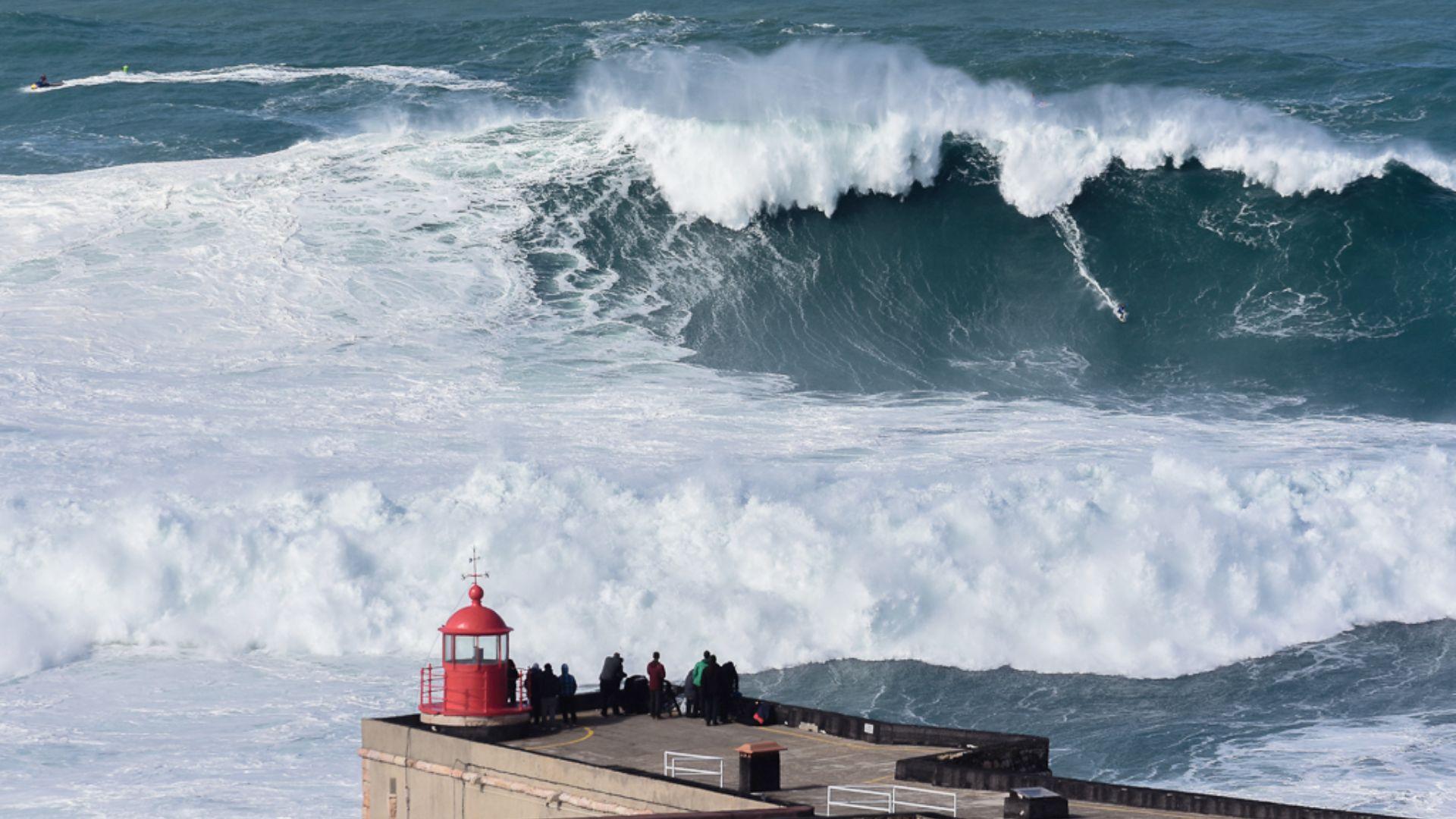
Praia do Norte (North Beach) in Nazaré, Portugal, offers an awe-inspiring view of colossal waves that can reach up to 86 feet in height, making them a captivating sight from the Farol viewpoint. This dramatic display of nature’s power is truly spectacular, drawing spectators from around the world. However, the scene shifts dramatically when you’re in the water.
The waves at Praia do Norte are generated by a deep underwater canyon, plunging 16,404 feet below the surface. This geological feature creates perilous conditions, with fierce currents and unpredictable waves making swimming extremely hazardous. Although some thrill-seeking surfers consider Praia do Norte a prime location, most people are better off observing the grandeur of these waves from the safety of the shore.
Chowpatty Beach, Mumbai
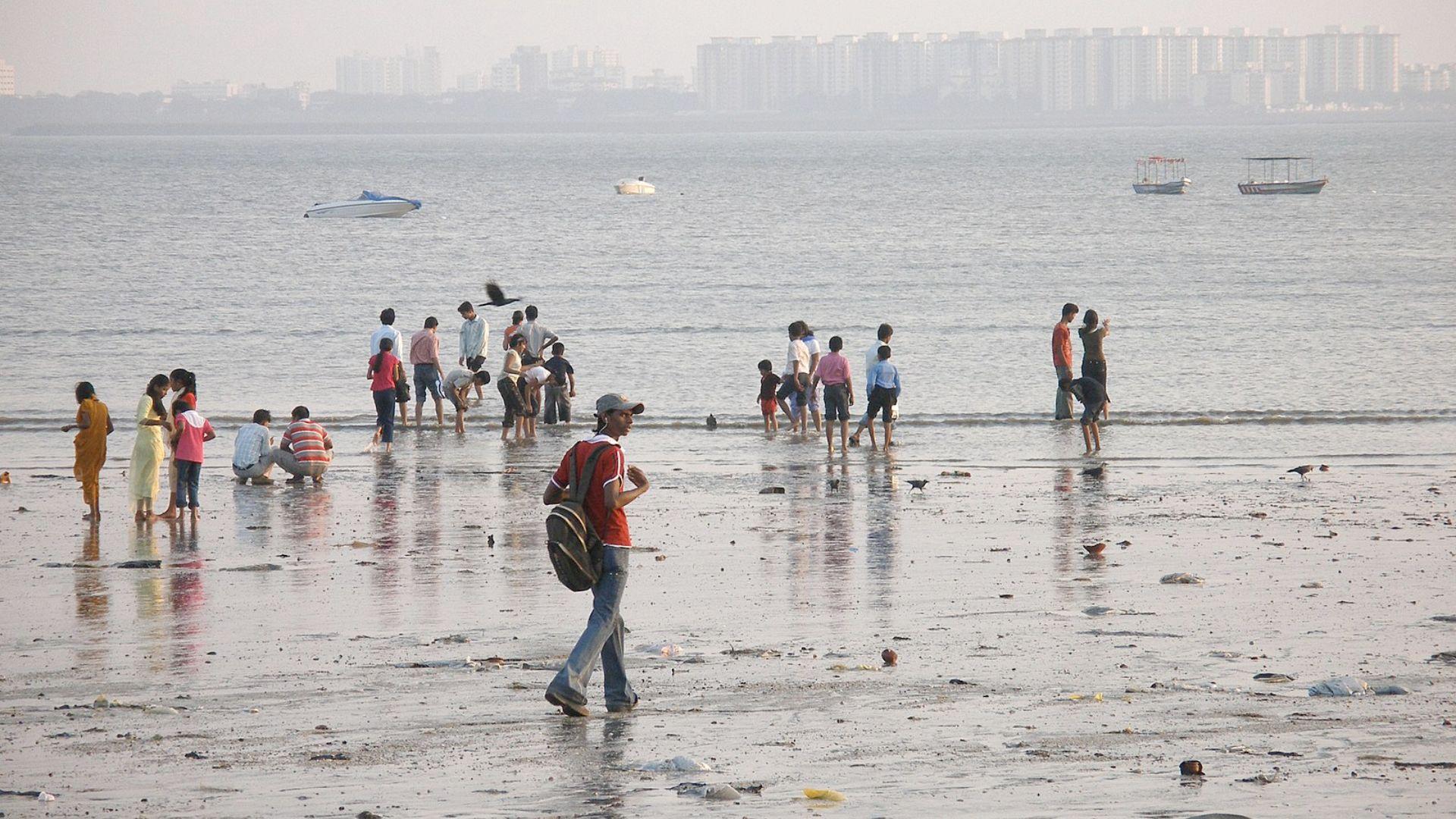
Chowpatty Beach in Mumbai is infamous for its severe pollution issues. The shoreline is frequently littered with trash, and the waters are contaminated with city sewage, creating a hazardous environment for any would-be swimmers. Despite the efforts of dedicated volunteers working to clean the beach, the scale of pollution remains a significant challenge, and dangerous contamination persists.
According to the U.S. Environmental Protection Agency, exposure to polluted water can result in a range of health problems, including gastrointestinal issues and respiratory infections. Vulnerable groups such as children, the elderly, and individuals with compromised immune systems face even greater risks. For a safer beach experience, it’s advisable to steer clear of Chowpatty Beach and its polluted waters.
Rio Tinto, Spain
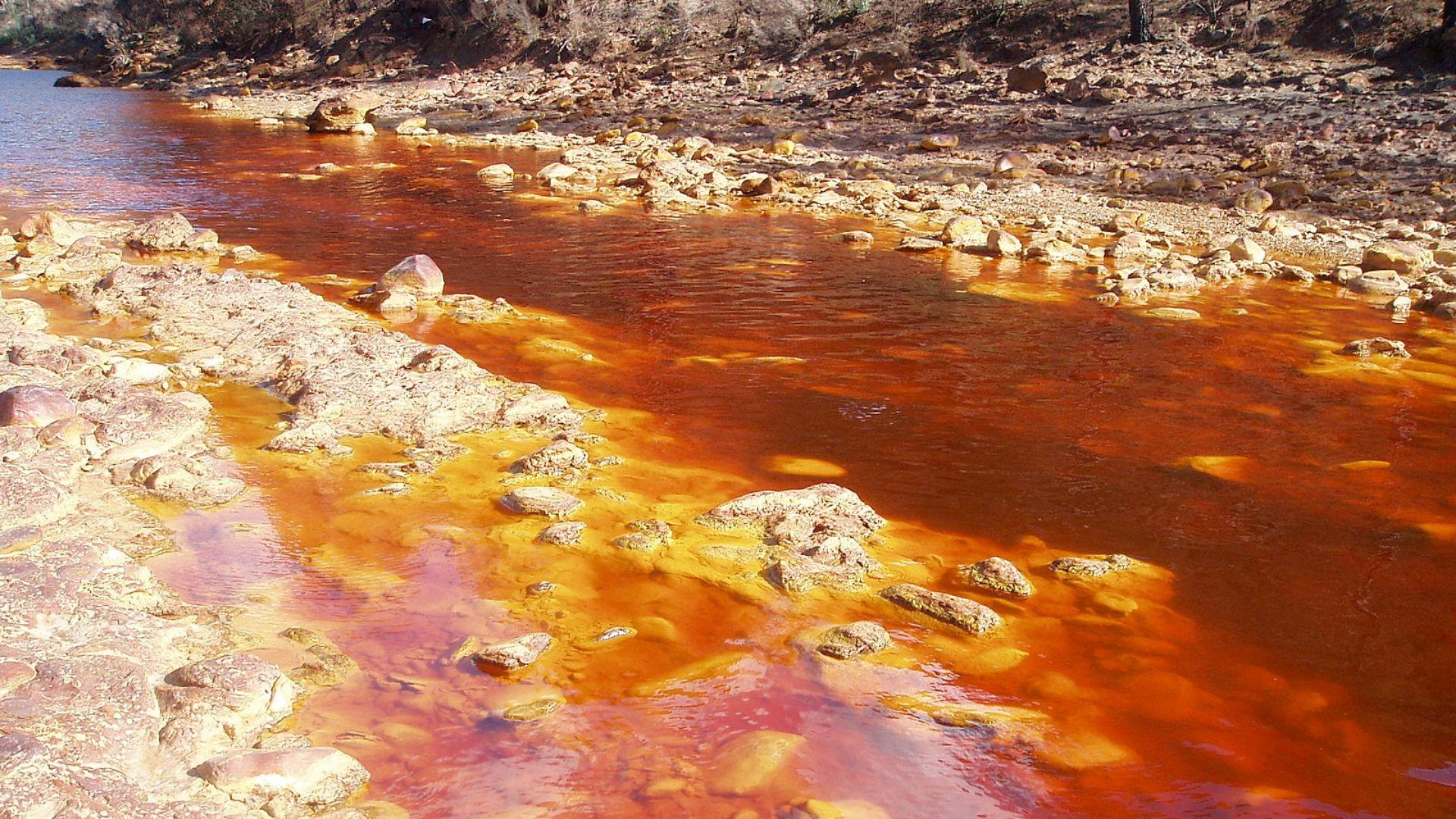
Spain’s Rio Tinto stands out with its striking red waters, a result of heavy metals leaching from the surrounding terrain. This unusual river—rich in copper, iron, and other metals—offers a vivid and unusual sight compared to typical waterways. The intense coloration is due to the high concentration of these metals, which creates an environment that is both visually stunning and highly toxic.
Despite its fascinating appearance, the Rio Tinto is extremely hazardous and unsuitable for touch. The water’s toxic nature makes swimming dangerous, so visitors are advised to enjoy the river’s unique beauty from a safe distance. For the best experience, focus on sightseeing and capturing the river’s unusual hue in photographs… while keeping clear of the water.
Lake Karachay, Russia

Lake Karachay (or Karachai) in Russia is infamous for its extreme pollution and dangerous radiation levels, making it one of the most hazardous places on the planet. In the 1950s, the lake became a dumping ground for radioactive waste, leading to severe contamination. The radiation is so intense that just a brief exposure, lasting less than an hour, can be deadly.
Attempts have been made to mitigate the radiation risks by covering the lake with concrete and soil. No, you probably could not swim in this lake at this point in time (even if you wanted to), but Lake Karachay remains a stark symbol of environmental recklessness. Its legacy serves as a chilling reminder of how human activities can profoundly and perilously impact natural surroundings.
Cape Tribulation, Australia
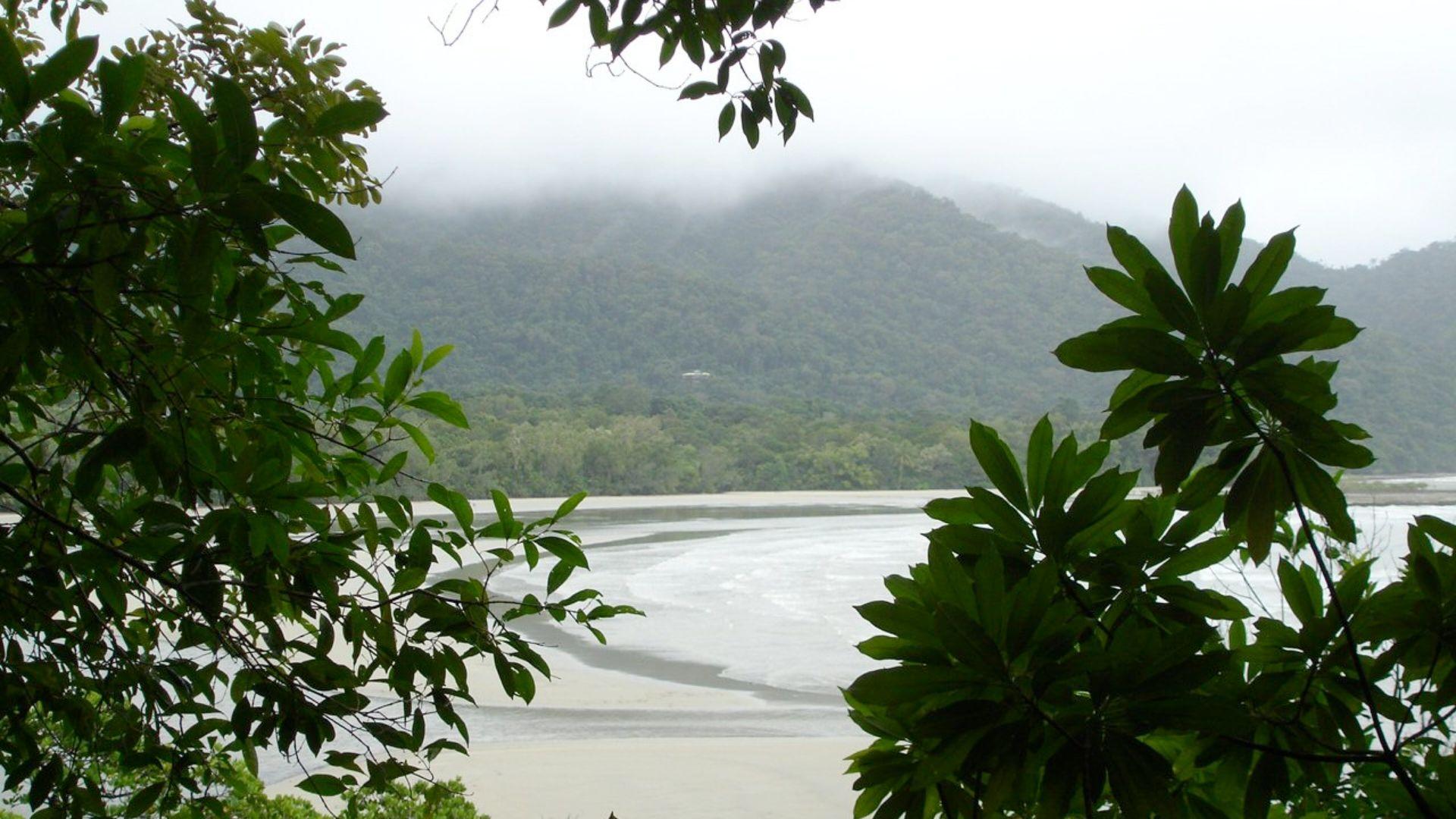
Cape Tribulation in northern Queensland, Australia, offers stunning natural beauty but harbors significant hazards both in and out of the water. The region’s waters are infested with incredibly dangerous wildlife such as box jellyfish—which can cause fatal stings within minutes—as well as venomous marine creatures like stonefish and blue-ringed octopuses. Additionally, the presence of saltwater crocodiles adds another layer of risk, making swimming extremely dangerous.
On land, the threats continue with the presence of cassowaries—large, flightless birds that can weigh up to 160 pounds and are known for their aggressive behavior. Encountering one of these birds can be dangerous, as they have powerful legs and sharp claws capable of inflicting serious injuries. While Queensland is renowned for its natural wonders, including the Great Barrier Reef and the Whitsundays, caution is essential due to the numerous hazards present in this picturesque yet treacherous environment.

